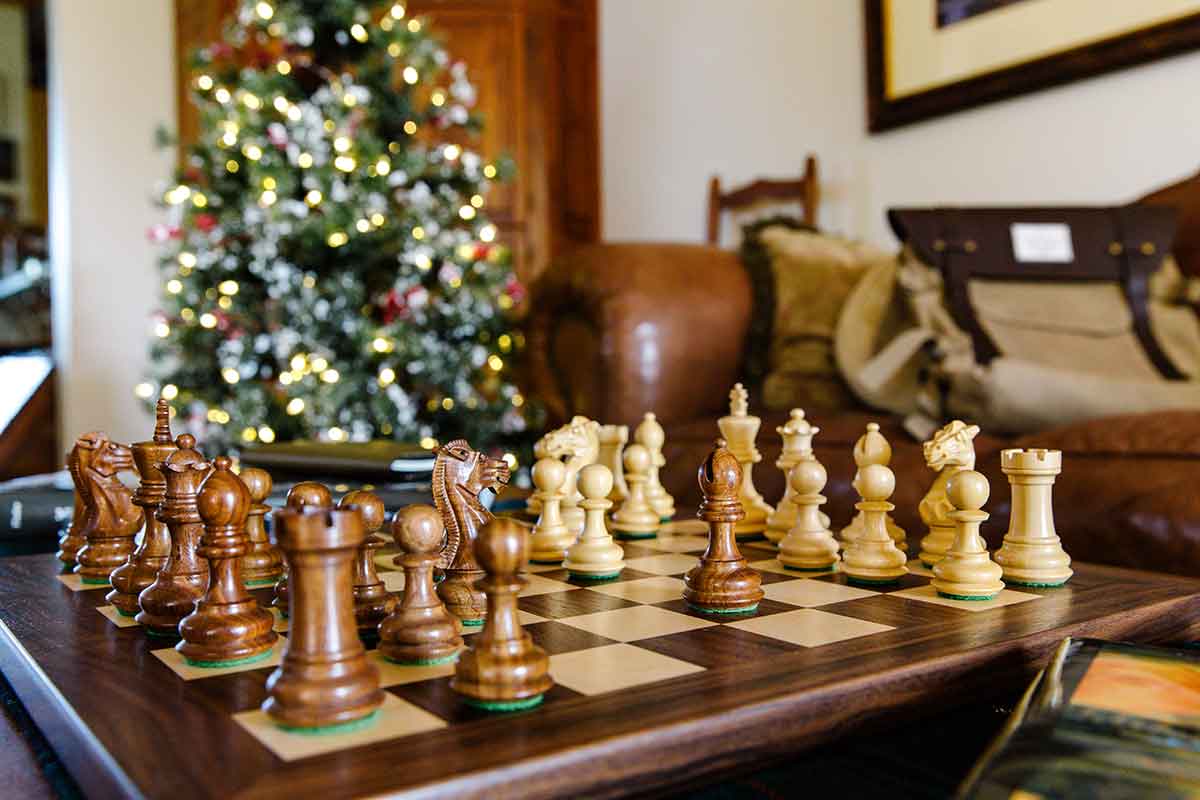Here in Missouri, we’re lucky to be a crossroads for birds heading south or overwintering here. Here’s a guide to preparing your backyard for overwintering birds as well as a photo contest you can enter.
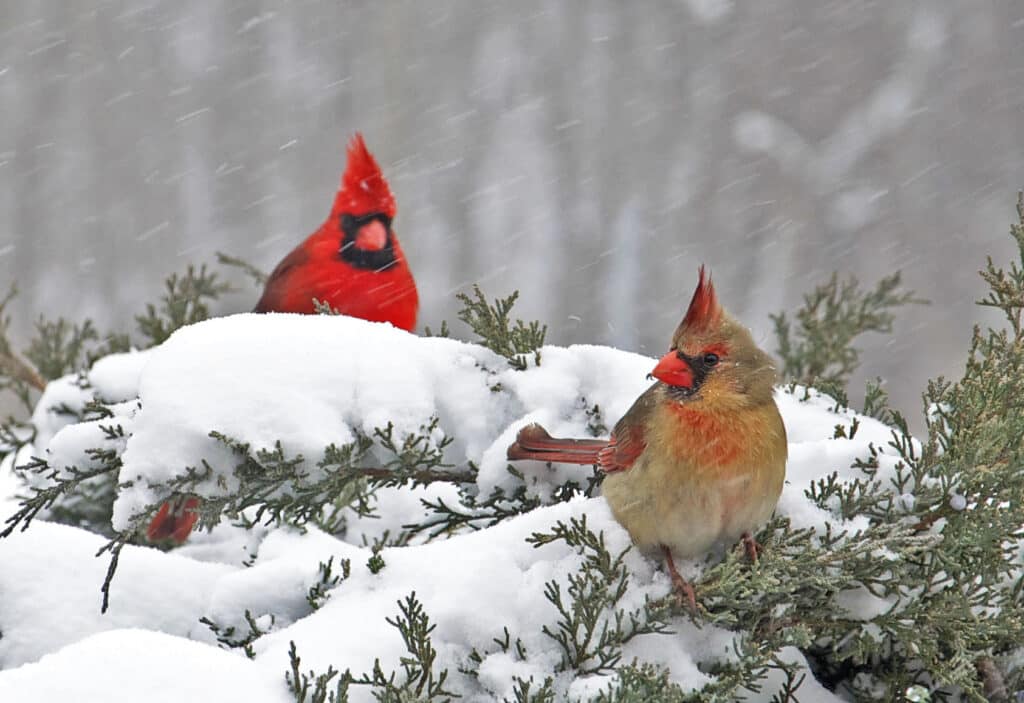
ABOUT THESE PICTURES
Bird photography requires more than a decent camera and ample patience, although those are crucial assets. These photographs were captured by camera-carrying birdwatchers who through hours of research, surveillance, and the occasional happy accident were in the right place at the right time to preserve a beautiful moment.
THE PHOTO CONTEST:
For the past six years, the Missouri River Bird Observatory has sponsored a photo contest to encourage birders of all ages to take their best shot. Photos are submitted by the hundreds and testify to the glorious diversity of Missouri’s birds. For photographers, a prize is nice, but the quest for an unforgettable photograph is what gets them out the door and watching the skies for whatever fortune might fly their way.
Read the guidelines for MRBO’s annual Hope is the Thing with Feathers photo contest. The entry period opens on November 1.
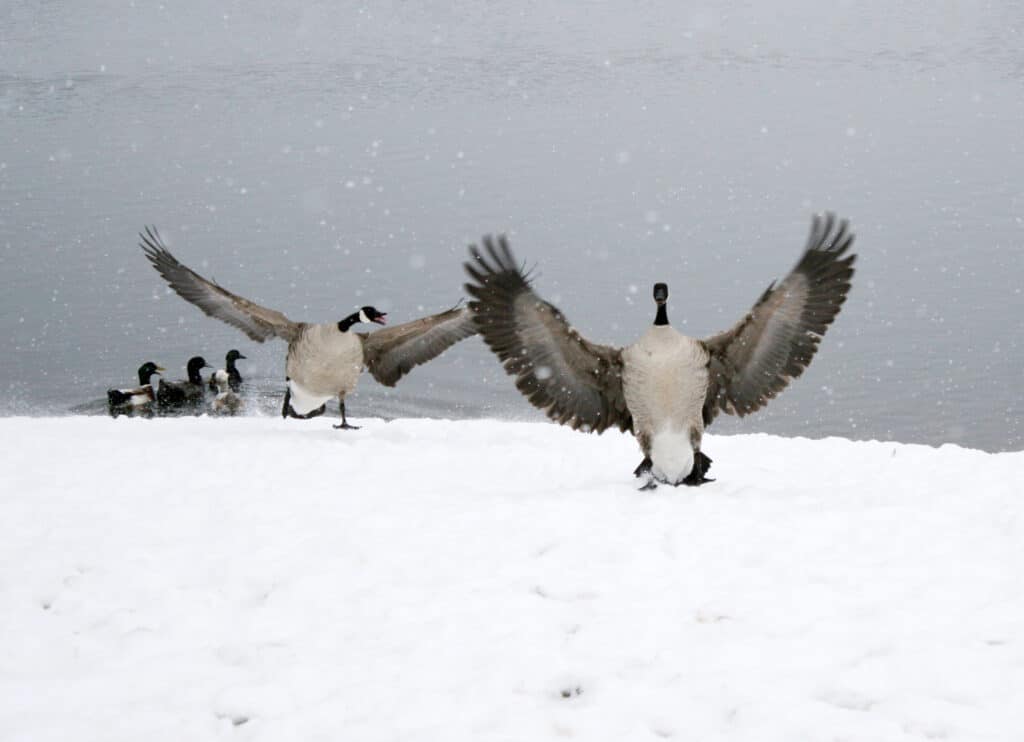
GUIDE TO PREPARING YOUR BACKYARD FOR OVERWINTERING OR PASSING-THROUGH BIRDS
Dana and Ethan Duke, directors of the Missouri River Bird Observatory (MRBO), might be found counting migratory waterfowl in a bog, tracking down nests amid tall prairie grass, or banding tiny northern saw-whet owls to monitor migration. They created MRBO in 2010 with a mission to help conserve Missouri’s migratory and resident birds. Their scientific research contributes to that aim, but educating others is just as important. To that end, they are eager to share tips for caring for backyard birds during the winter months. Their first tip? Start now, before Old Man Winter arrives.
Plan for the feast
Good quality feeders are essential, according to Dana. “We recommend hanging feeders for both seed and suet,” she says. “The quality of feeders matters, and so does protect your feeders from robbing mammals.” A raccoon baffle on the feeder pole will help keep those critters at bay. When it comes to filling the feeders, it depends on what kind of birds you want to attract. “Everyone is going to have their own thing,” Ethan says, “depending on what kind of birds they want to attract and how much waste they want in their yard.” He creates his own blend of seeds for his feeders and recommends the Cornell University website at AllAboutBirds.org to search for information on the foods your favorite birds prefer. Dana says that the quality of seed varies widely, and there are plenty of good options, even at discount and farm stores. She recommends avoiding seed mixes with a high percentage of millet—the tiny round seeds that birds generally kick out of the feeder to get to the good stuff. “It might be cheaper by the bag, but by volume, you’re better off just buying a bag of pure black oil sunflower seeds.”Those black oil sunflower seeds are an avian crowd-pleaser, and sunflower hearts are appealing to small birds like chickadees and nuthatches. Not all birds crave seeds, however. Bluebirds, for example, are mad for mealworms, which are available dried, but if you really want to indulge your backyard bluebirds, you can serve them a heaping helping of live mealworms.
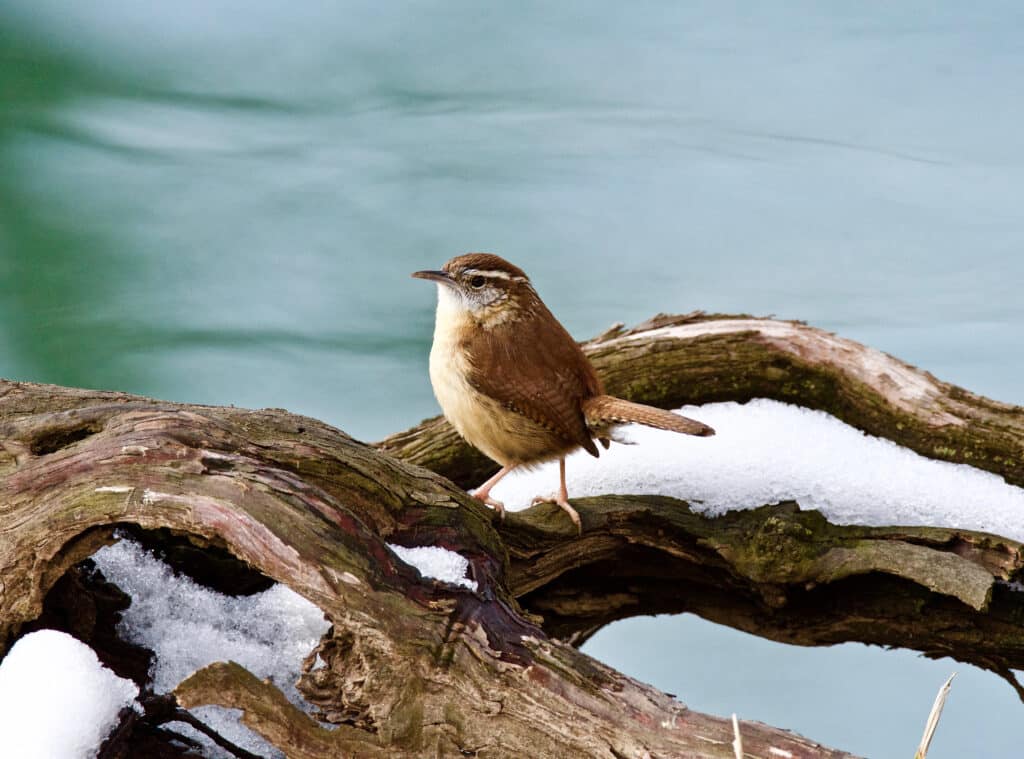
Don’t forget the drinks.
Just like the rest of us, birds need water. In winter, that can be hard to come by. “If people have ponds, that’s great,” Dana says. But for most homeowners, a bird bath or other container will work just as well if the water is warmed with a special heater or agitated with a bubbler. “Bubblers are very attractive to birds because they like to see that movement in the water.”
Put away the rake.
Really! This year you can avoid raking leaves and brag that you’re protecting birds and valuable insects.
“I know it’s embedded in our culture to rake everything up,” Dana says, “but leaving leaves is incredibly useful and important for birds and all kinds of other things. Wintering insects live in the leaves. Some of our moths and even butterflies live in leaves at the base of trees. Insects are also bird food, so leaving the leaves is very helpful.” Piles of limbs and brush serve as a useful cover for birds, protecting them from the elements and predators. “You may think they are kind of messy, but a couple of artfully placed brush piles—downed limbs from storms and yard waste that people would normally burn or throw away—are really helpful to wintering birds.
Make your cat watch from the window.
The American Bird Conservancy (ABC) calls domesticated cats the number one threat to birds. Each year in the United States, cats kill 2.4 billion birds. “Cat control is big,” Ethan says. “Poland just declared cats an invasive species. Part of the justification is not only the massive amounts of wildlife that they kill, but also that they’ve actually led to the direct extinction of several species.” ABC states that cats have contributed to the extinction of 63 species of birds, mammals, and reptiles. Keeping cats indoors not only saves birds but may also save the cats. “It’s worthwhile to note that an outdoor cat’s life expectancy is halved,” Ethan says, citing the dangers of disease, predation, and accidents. “So, if you love your cats and you love your birds, keep them separate.” That’s advice that bird conservationists urge people to follow year-round.
Decrease window hazards.
While kitty takes in the view from the window, be sure that the window isn’t creating its own hazard for birds. As the light changes from season to season, different windows may take on a more reflective quality. “If you have windows that are particularly reflective in the winter season, treat them with decals or sometimes just keep blinds partially open,” Dana says. “The American Bird Conservancy has extensive resources on window collision and treatment.”
Explore the Missouri River Bird Observatory’s educational programs, research initiatives, and volunteer opportunities, too.
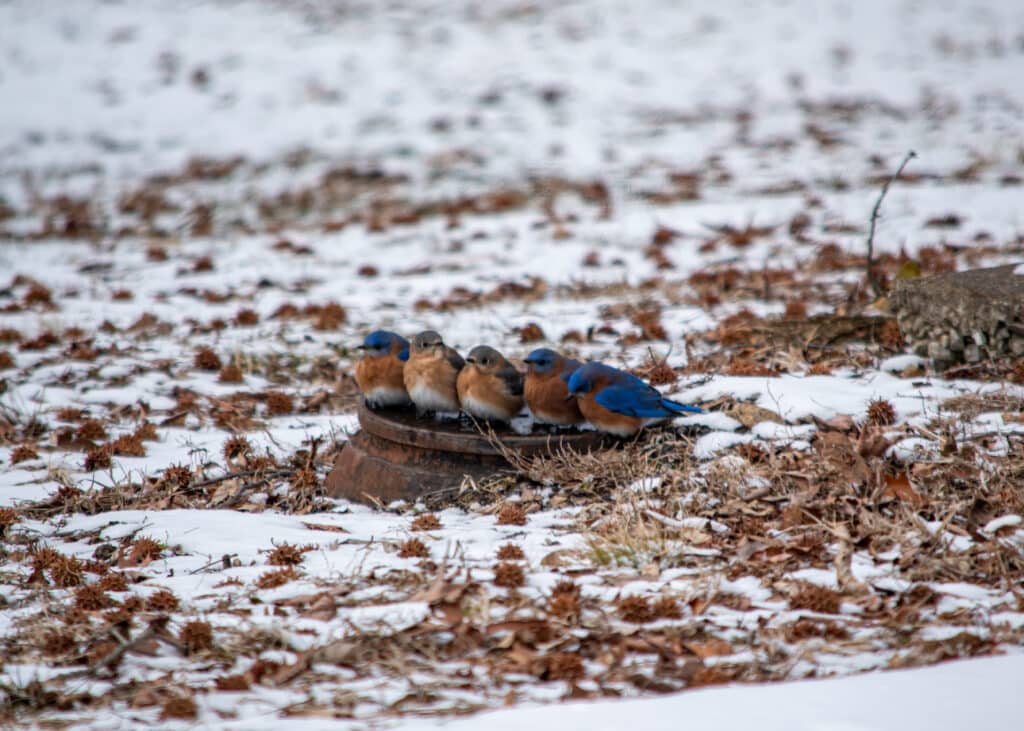
Which Birds Are Being Spotted Where
If you want to extend your birdwatching beyond the boundaries of your backyard, there’s no one better to advise you on where the birds are than other birders. Ethan Duke recommends two websites that have up-to-date information on which birds are being spotted and where. MOBirds.org includes birding locations in each county and in Missouri State Parks. EBird.org allows you to search for birds by species or region.
Related Posts
Clydesdales greet Missouri Life staff during tour
Following the Missouri Life magazine quarterly staff meeting at the publication's office in Rocheport on Friday, June 3, the group toured Warm Springs Reach, one of the homes of the Budweiser Clydesdales.
2020 Holiday Gift Guide
Our annual holiday gift guide chock-full of Missouri-made items is here!
Flu, Cold or COVID-19? Consider the Symptoms
If you’re not feeling well and wondering if you have COVID-19, take a moment to consider your symptoms.


